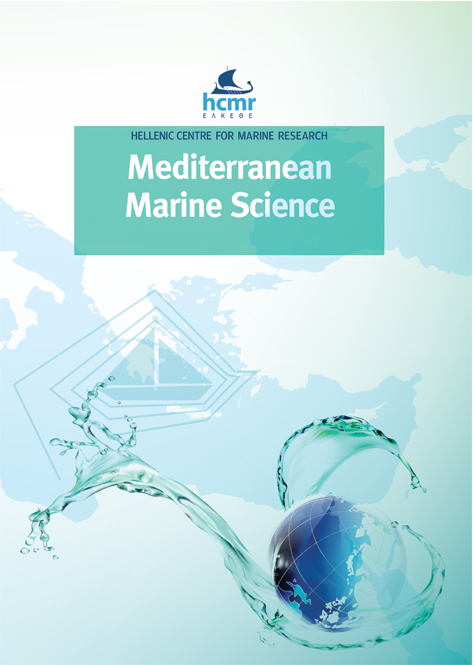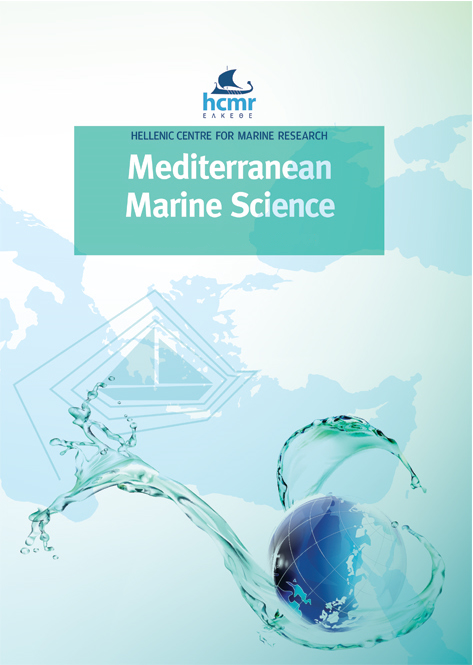Evidence of a second nursery area of the sandbar shark, Carcharhinus plumbeus (Nardo, 1827) in the Eastern Mediterranean Sea
Περίληψη
The sandbar shark (Carcharhinus plumbeus) is a large coastal shark species with a cosmopolitan distribution; it has been listed as Endangered in the Mediterranean Sea and Vulnerable for the rest of the world on the IUCN Red List of threatened species. The Gökova’s Boncuk Cove in south-western Turkey and the Gulf of Gabès in southern Tunisia are the only known nursery area for the Mediterranean population. On the 24 – 27 July 2017, eight specimens of sandbar sharks, four males, and four females, were
accidentally caught at a depth of 7 to 9 m by a pelagic bluefish longline off the coast of Yumurtalik Bight in the Gulf of Iskenderun.
The total lengths and weights of males and females were 54.5 – 61.0 cm, 930 – 1,484 g, and 49.6 – 62.4 cm, 918 – 1,568 g, respectively. They all had unhealed umbilical scars that were still open as a narrow slit, measuring 4.35 and 5.39 mm in length. This study provides a record of the neonate sandbar sharks from the Yumurtalik Bight. Consequently, this occurrence represents that this area of the north-eastern Mediterranean Sea may be a second breeding and nursery grounds for this species after the Boncuk Cove in Gökova Bay in Turkey.
Λεπτομέρειες άρθρου
- Πώς να δημιουργήσετε Αναφορές
-
BASUSTA, N., BAŞUSTA, A., & OZYURT, C. E. (2021). Evidence of a second nursery area of the sandbar shark, Carcharhinus plumbeus (Nardo, 1827) in the Eastern Mediterranean Sea. Mediterranean Marine Science, 22(1), 20–26. https://doi.org/10.12681/mms.24490
- Τεύχος
- Τόμ. 22 Αρ. 1 (2021)
- Ενότητα
- Research Article
Authors who publish with this journal agree to the following terms:
- Authors retain copyright and grant the journal right of first publication with the work simultaneously licensed under a Creative Commons Attribution Non-Commercial License that allows others to share the work with an acknowledgement of the work's authorship and initial publication in this journal.
- Authors are able to enter into separate, additional contractual arrangements for the non-exclusive distribution of the journal's published version of the work (e.g. post it to an institutional repository or publish it in a book), with an acknowledgement of its initial publication in this journal.
- Authors are permitted and encouraged to post their work online (preferably in institutional repositories or on their website) prior to and during the submission process, as it can lead to productive exchanges, as well as earlier and greater citation of published work (See The Effect of Open Access).






